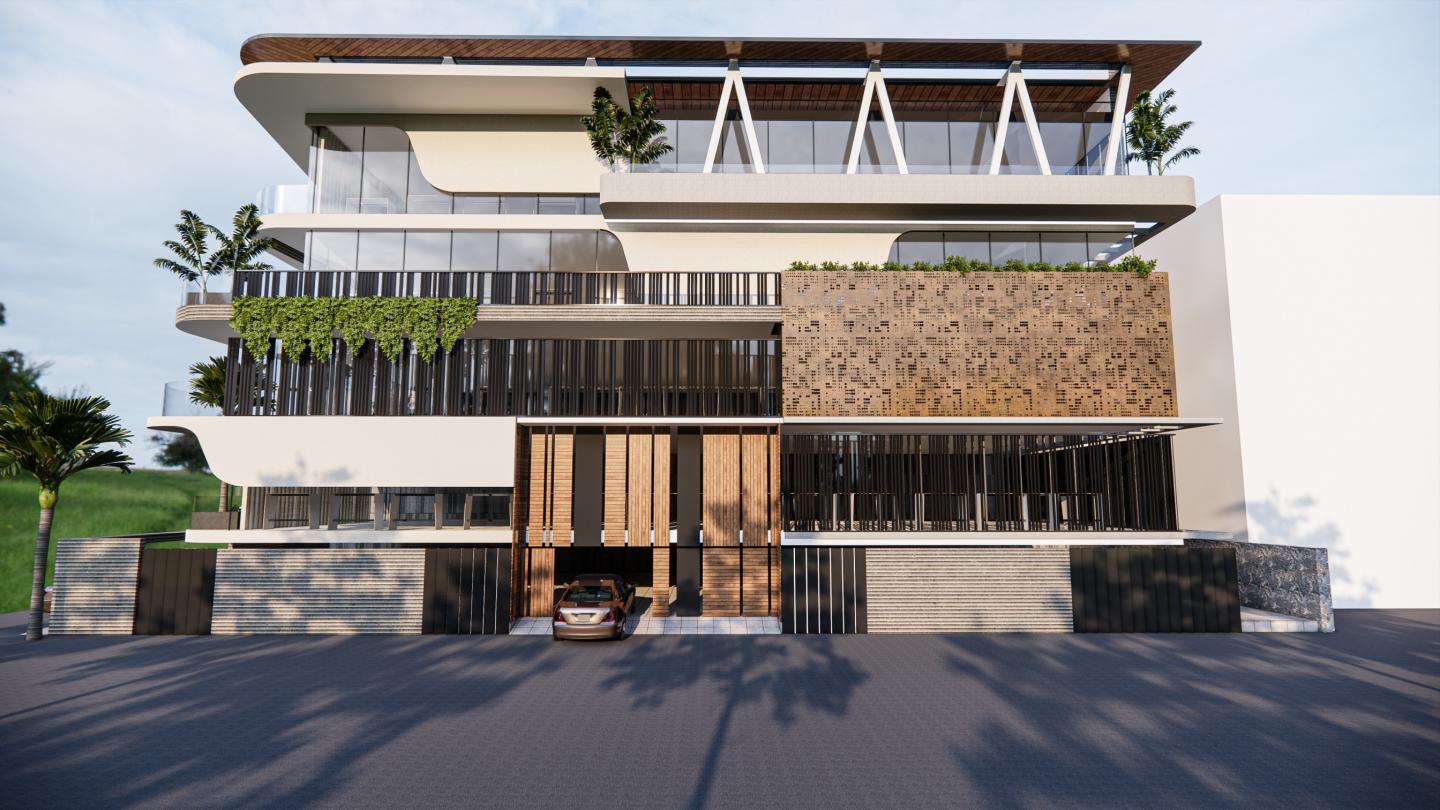High-performance materials have taken over the architecture and construction industry. Considering climate change and resource scarcity, efficient materials are being considered in construction processes. Material innovation comes into the picture with a fusion of science and technologies altering how we perceive the built environment. From self-healing concrete to energy-efficient insulation, these high-performance materials are shaping the future of sustainable construction. In this article, Ar. Amit Gulati, Founder and Principal Architect at Design21 explore the fascinating world of material innovation and discover how these advancements are poised to transform the future of building design.
The Magic of Translucent Wood
Translucent wood borrows the warmth of wood with the transparency of glass to offer a unique material. It is created by removing the lignin from wood and replacing it with a layer of transparent polymer. It maintains the structural integrity of natural wood and allows light to pass in. This material improves energy efficiency and reduces glare. It can be used in windows and interior partitions. Translucent wood serves as an alternative to traditional glass and other materials.
Self-Healing Concrete in Design
The phrase "self-healing concrete" conveys a novel approach to mending concrete cracks with microorganisms but seems quite magical. When water comes into contact with capsules, the bacteria is activated. The cracked concrete gets repaired with moisture and filled with limestone that the bacteria create. It also reacts when moisture and sunlight are exposed, expanding and filling the fissure. Conventional concrete loses its quality when it comes in contact with cracks. This concrete can be used as an alternative to these processes.
The Idea of Aerogel Insulation
Aerogel, also called frozen smoke due to its light appearance, is composed of 99.8% air and provides ultimate thermal insulation. It is lightweight and durable, making it an ideal choice for various applications. Aerogel can be used to insulate building envelopes and enhance the energy efficiency of windows and doors. With its low thermal conductivity, it can be used in fire safety and sustainable solutions. Ultimately, it can reduce energy consumption and minimize the environmental impact.
Smart Glass and its Applications
Smart glass is an innovative material that can change its light transmission properties. This ability to switch between transparent and opaque states allows it to regulate the amount of light entering a building, improving energy efficiency and occupant comfort. Smart glass can be used in windows or skylights to create adaptive spaces. With its potential to reduce the need for artificial lighting, smart glass represents an advancement in sustainable technology.
In essence, these high-end materials can help to create environments that meet the needs of today and safeguard the future for generations to come. As we continue to explore the potential of high-performance building materials, the future of construction is bright, innovative, and endlessly exciting.
2024
NA
Design21


